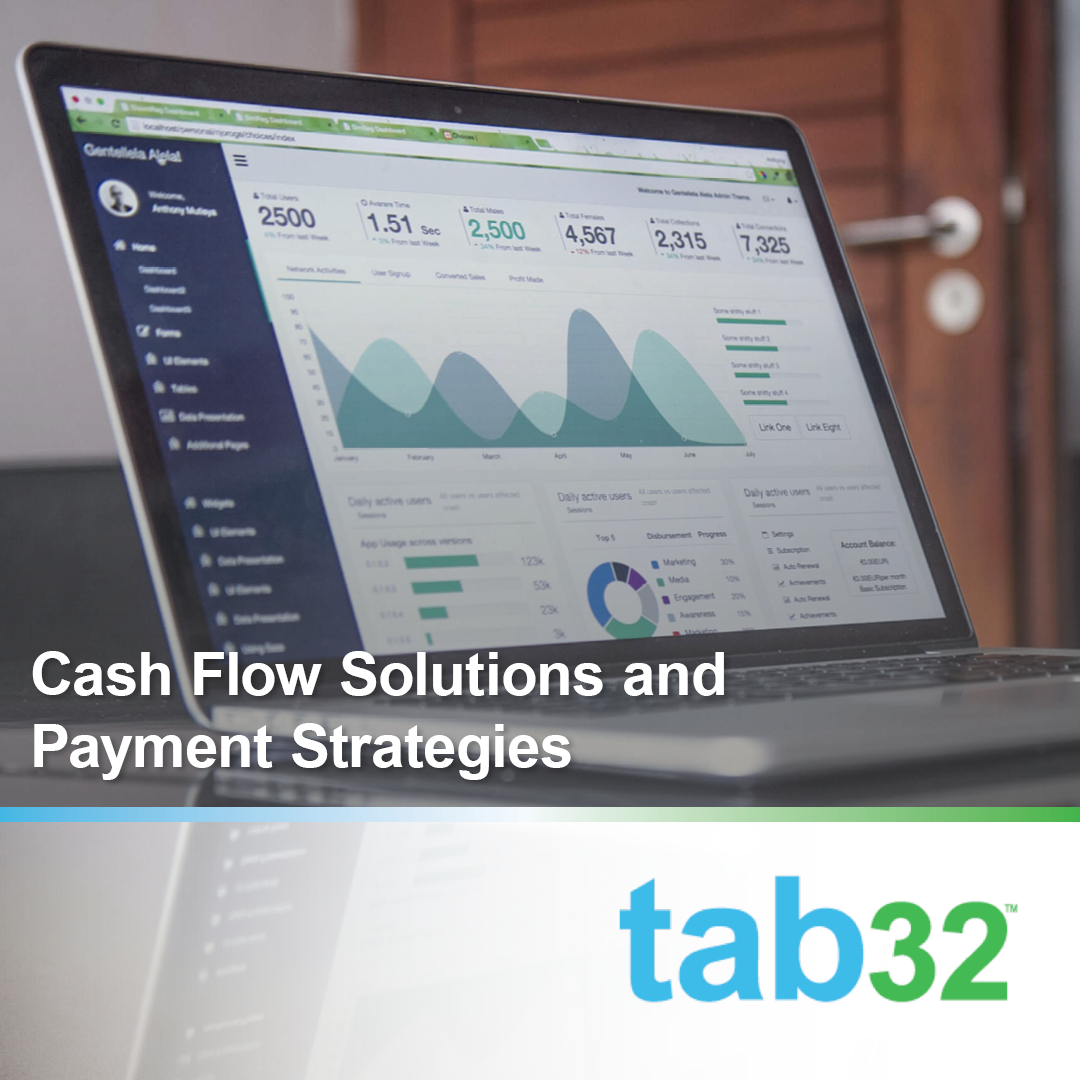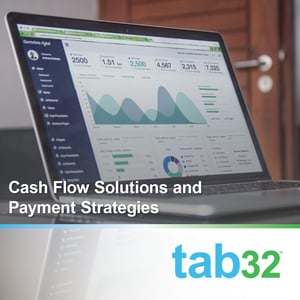
 In our last post, we talked about the importance of insurance claims in your practice's cash flow. And while that typically makes up 30-40% of revenue, out of pocket patient payments make up the lion's share. So how can you structure patient payments in your practice for best cash flow? As a brand new practice, how can you collect effectively and ensure you're getting what is owed? And what can you do to ensure you reach that magical breakeven space to cover your fixed costs? Let's dig in.
In our last post, we talked about the importance of insurance claims in your practice's cash flow. And while that typically makes up 30-40% of revenue, out of pocket patient payments make up the lion's share. So how can you structure patient payments in your practice for best cash flow? As a brand new practice, how can you collect effectively and ensure you're getting what is owed? And what can you do to ensure you reach that magical breakeven space to cover your fixed costs? Let's dig in.
What are the fixed costs? These are the costs that are the same from month to month in your practice. Things like mortgage, payroll, utilities, and more. These don't change based on the number of patients you see or your income. To reach your breakeven point, you have to be able to cover these fixed costs with your monthly revenue. To fully understand these costs, you need to figure out what that breakeven point is. How much do you have to bring in each month to break even? Additionally, how many patients do you have to see to make that revenue goal? Once you know these numbers, you can set your goals accordingly.
However, it's not enough just to get the patients through the door—you have to create and use a billing and payment process. This will ensure you collect what is owed and prevent cash flow problems.
When you onboard new patients, part of the process is educating them on your billing and payment policies. This includes payments at the time of service. For patients with insurance, this amount will be their estimated co-pay. For other patients, it will be the full cost of their treatment. Of course, it is up to you if you offer in-house payment plans or Care Credit (or similar services). Whatever you do, you need to make sure you educate new patients so they know what to expect.
For cash flow purposes, you need to collect payment at the appointment. Many practices offer a discount for patients who are paying cash. Because the money is collected immediately, there is no waiting for payment and a significant benefit to your administrative staff and cash flow if you can collect cash payments. Additionally, part of the process in your office for your admin team will be regularly following up with patients who have outstanding balances. Frequently, these balances are due to discrepancies in the estimated co-pay and what the insurance payer actually covers.
For that situation, having a card on file will help with your cash flow. By keeping a card on file to be charged when the insurance payment comes through, you can charge the balance owed without waiting. You don't have to send mail, make a call, or wait for the patient to come back in. Simply have the card on file with the appropriate permission (based on the state you're in) and you can collect that difference easily and in a timely manner.
When you use tab32 as your practice management platform, you get all the help you need for keeping your cash flow up and running smoothly. Our intuitive ecosystem seamlessly integrates patient records, insurance, claims, and billing all in one place. Additionally, features that allow you keep and charge cards on file (with electronic signature permission), track and follow up with outstanding balances, and even send secure zero statement bills via email give your practice the edge. Don't wait, learn more about our comprehensive system today. We'd love to give you a free demo—sign up today!
These Stories on Patient Engagement Software
No Comments Yet
Let us know what you think